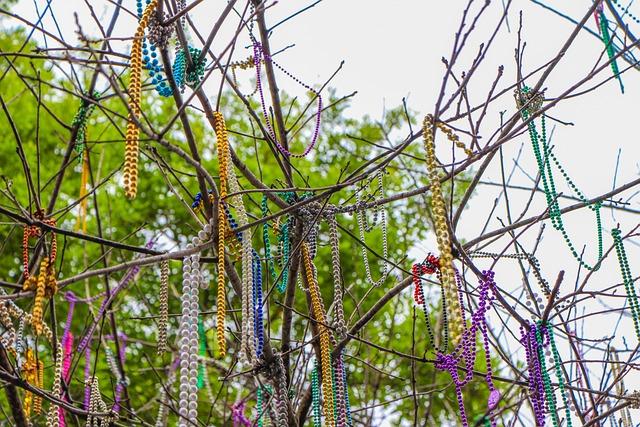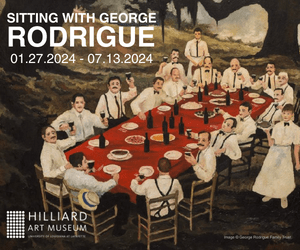A Case For Courir de Mardi Gras :: A City Parade Dweller’s Conversion To A Rural Tradition
I was college-aged the first time that I witnessed a Courir de Mardi Gras, and let me tell you, nothing could have prepared me for that experience. For most of my life, Mardi Gras was heading to downtown Lafayette and standing behind barricades while the bands played and the floats drifted by with their festive music. It was catching plastic beads and the coveted doubloons or branded cups. And to be honest, that was if my parents even allowed it to happen. Growing up in a strict Catholic household meant that a day of excess was often condemned from the pulpit in the weeks leading up to that holiday of general debauchery. Mardi Gras was a big-time forbidden fruit, and I wanted nothing more than to get whatever bite I could each year.
When I started college in Eunice and that glorious Mardi Gras season came around, I could not fathom what my college classmates were so excited about with a Courir de Mardi Gras. I could barely say “courir” (kuɾiɾ) which means “to run.” “Do y’all have fun away from Jefferson Street just riding among crawfish ponds on a utility trailer with streamers?” The answer was always a resounding “yes.” So I registered for the run right along with my friends. I needed a traditional costume to participate in the Courir, and luckily, my friends had costumes to spare. Mardi Gras arrives, and I am awake at 6:30 a.m. to don my borrowed costume and head over to the designated start of the Courir. By 7:00 a.m., the party started, and an hour later, the run was underway.
I have no idea how many miles I walked, rode, and danced that day, but I quickly caught on to the tradition that had all of my friends coming back for more every year.
I am not here to knock a New Orleans-style parade – I still love them like any Cajun loves a parade. But the soul of Cajun country shines through during a Courir. Whether you participate in a run in Church Point, Basile, Eunice, Elton, Faquetaigue, or Mamou, you cannot deny the electricity and magic you find by observing a Courir de Mardi Gras. With roots in French medieval history and brought to Louisiana in the 19th century, Courir de Mardi Gras. It is how Mardi Gras was celebrated in the rural parts of France so many years ago. A capitaine leads the run and keeps the participants in line. Those unruly beggars go from house to house begging for the ingredients to make a gumbo. The capitaine raises their flag to let the courir know they can dismount their horses or trailers and approach a house along the route to chant the begging song “Le chanson de Mardi Gras”. Chickens are released along the path for the Mardi Gras participants to chase and add to the gumbo.

The costumes are one of my favorite parts, as the colors and fringe create a chaotic scene of revelry—the traditional costume of mask, capuchon, and patchwork style outfit. The masks are often see-through, but not enough so you can easily recognize who is behind the mask.
All these elements combined were enough to convert me from an urban celebrant to a rural one from my first run. As the years have passed, I no longer participate in the run myself. This season of life sees me raising my kids and observing them run along with them. During these times of observation, I really fell in love with these rich rural Cajun traditions. From the outside looking in, I could appreciate the generations working to ensure our Cajun culture would not be lost. I watch in amazement as younger generations preserve our unique language, music, and heritage.


















